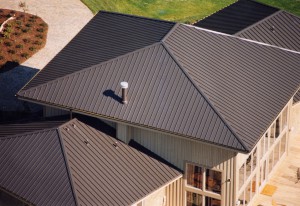Why You Should Consider Metal When Choosing a New Roof
A roof is one of the most important parts of a home or building. When the time comes for a roof replacement, home and business owners may want to consider switching to a metal roof. Asphalt shingles must be repaired and replaced often. Not only does this cycle generate excessive waste, but it can be frustrating and costly to home and business owners. As a result, commercial and residential metal roofing installations have increased in recent years.
Many Options Exist
Common metals used in roofing are tin, copper, lead, steel or alloy combinations. Steel coated in zinc or other acrylics and corrosive-resistant paint is an option, though routine quality checks must be conducted to ensure that rust is not forming. Alloy combinations have also grown in popularity due to their toughness and protection. Copper is generally the top choice, as it is long lasting, rust-resistant and can be recycled after removal.
How the Process Works
Qualified professionals can assist home or business owners with metal roof selection. They can also undertake the installation process to ensure that guidelines are followed and properly completed. New roofs can be fitted over existing asphalt shingle roofs in certain situations. No water damage can be present, and specific standards must be followed regarding wood strip size and positioning, as well as the fasteners used. Metal is typically laid down in panes or sheets that are securely fastened onto rooftops.
The Benefits of Metal
Because it eliminates shingle waste, metal can be seen as environmentally-friendly. It lasts longer, functions effectively in cold and warm climates and may even qualify for insurance discounts in some instances.
With proper care and consistent maintenance, an asphalt shingle roof generally lasts for 15-25 years, while a metal roof can last for 30-60 years. Though metal is often a greater investment up front, it can a prove to be a more durable and cost-effective investment in the long term.

